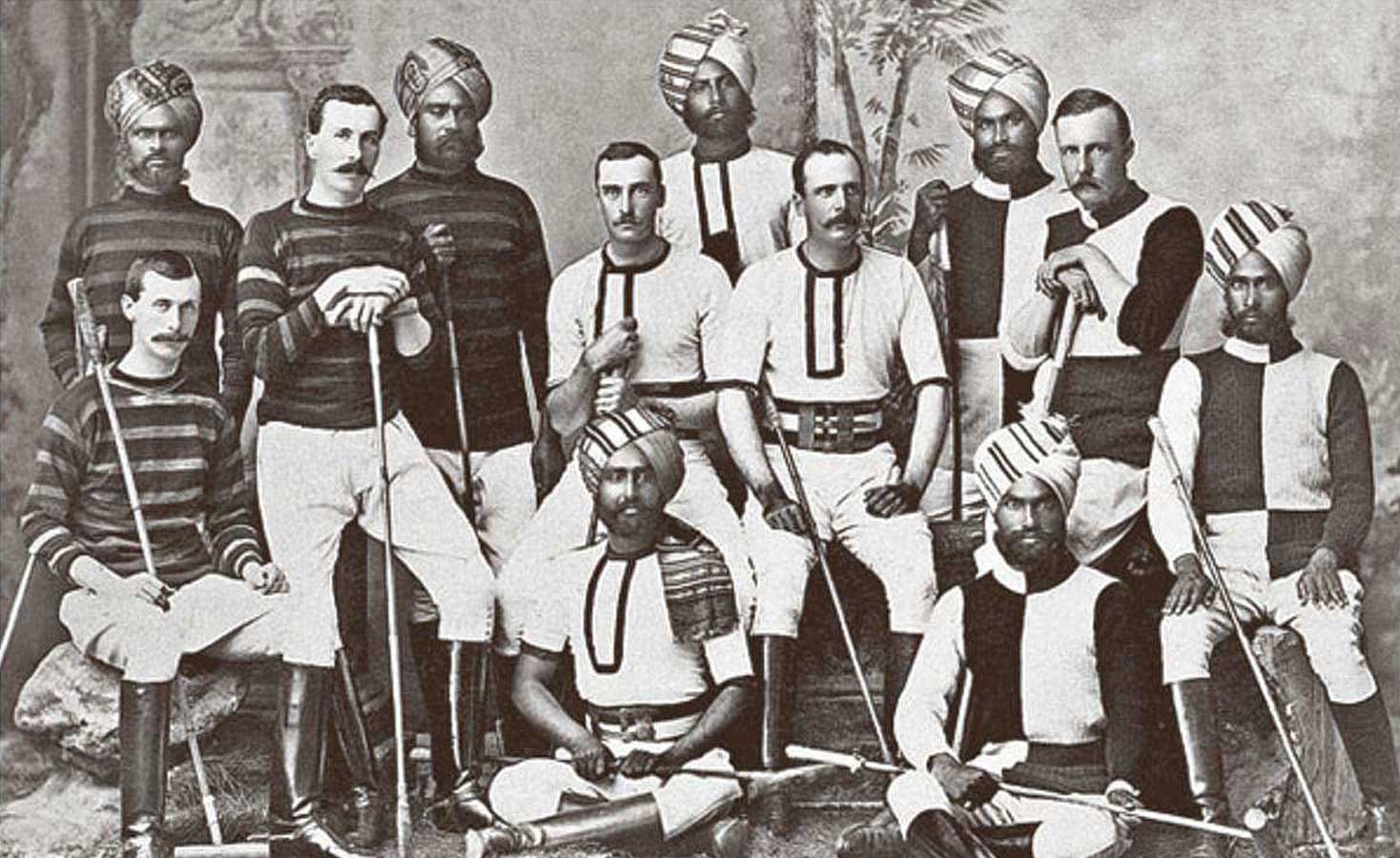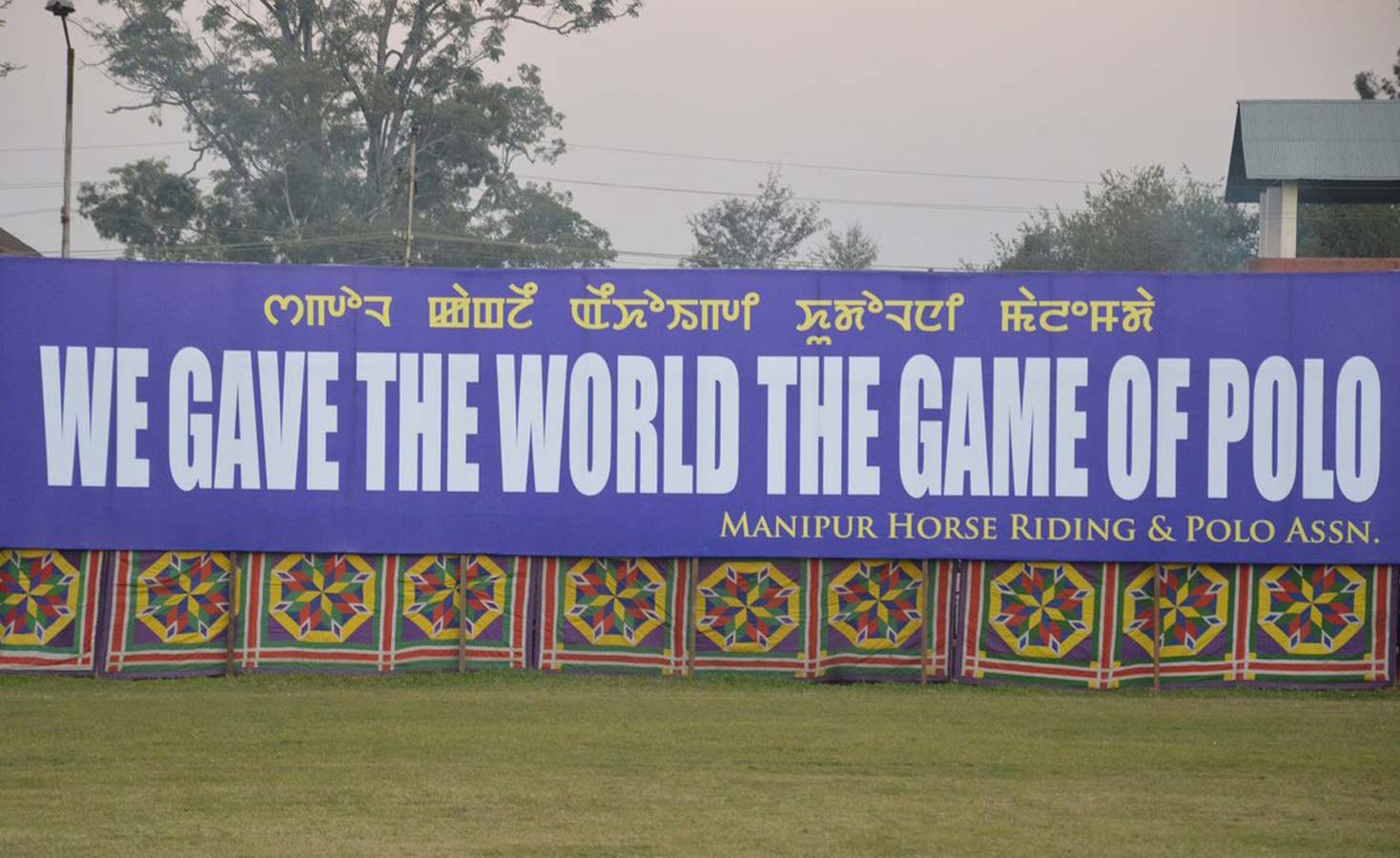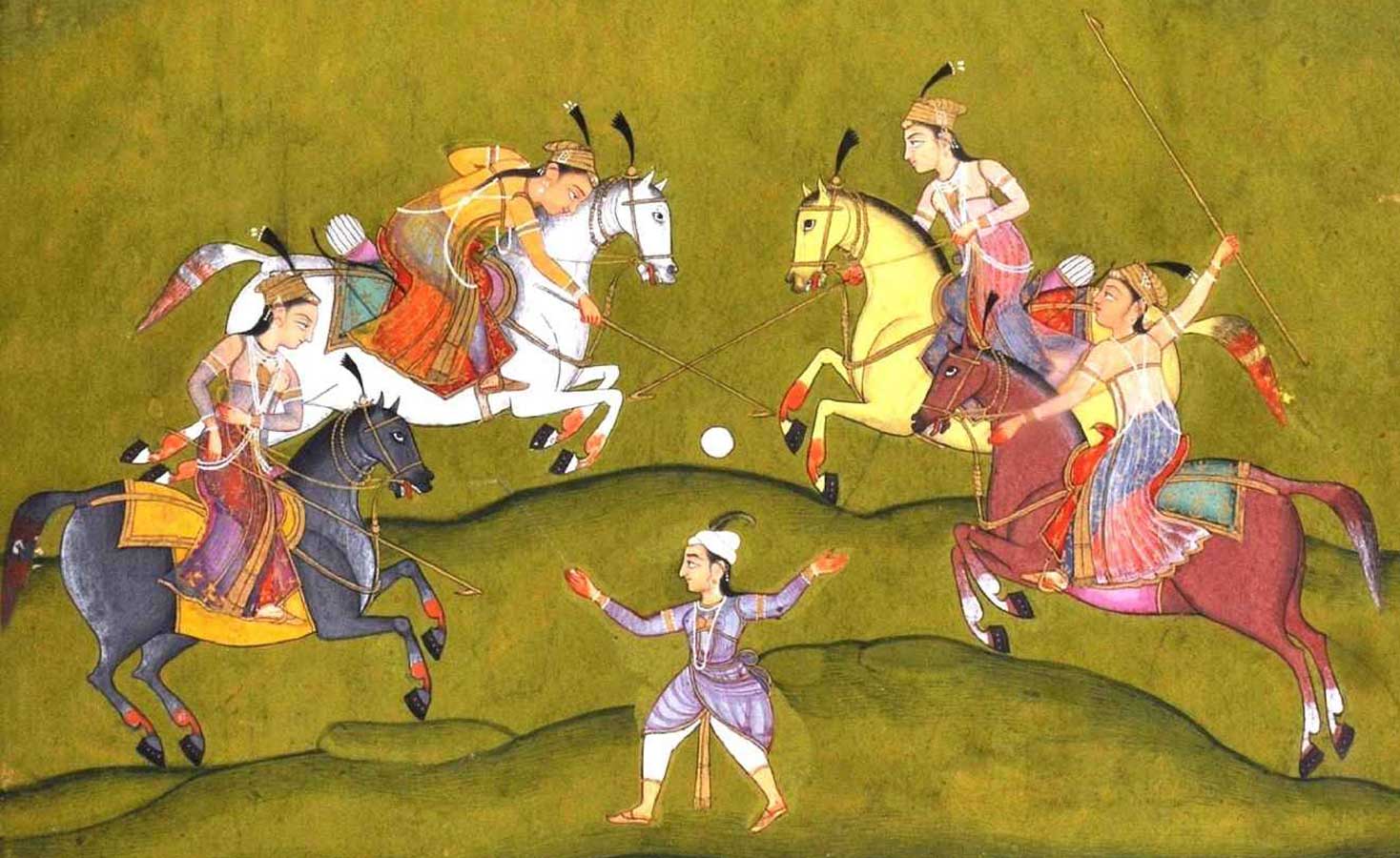Manipur : The beginning of Modern Polo
Reaped out of devotion, carried forward with custom and cared with civilization, that’s how the Modern Polo took birth…

Born in darkness, fortuitously spotted by civilization, Polo became a World Sport by proxy. Even though this majestic game had always been an integral part of the Manipuri ideology, it was the Britishers who gave the game a place under the sun.
The dawn of the eighteenth century saw a cultural relationship between the ever-expanding British Empire and the Mongolian race of Manipur and the Surma Valley became the meeting ground of the two cultures. The devastating war with the Burmese forced the Manipuri Princess, Chourjit, Marjit, Nar Singh and Gambhir Singh to settle at Cachar. In the lush green plains of Cachar, the frontier territory of the colonel British India, the Britishers saw the Manipuri Princess practising the battle exercises on horseback with swinging dart of Arambais, or at other times playing a strange game of hockey on horseback, swinging a mallet with equal verve. Strange was the habit of the Manipuris who never left their little ponies either in war or peace. The Britishers, seeing an intimidating ally in the Manipuris, signed the treaty of alliance with Gambhir Singh and formed the famous Manipur Levy.

In the strange game of Hockey on horseback, the Britishers saw the potential of a latent sporting possibility. The Britishers were keen observers and great learners as the first Polo Club of the World was born at Cachar in 1859. Marques of Ripon, paying a glowing tribute to the Manipuri Pioneers of Polo, said “it is a small State (Manipur), probably until these events took place very little known to your Lordships, unless, indeed, some of you may have heard of it as the birthplace of the Game of Polo,” during the House of Lords of debate on Jubraj Tikendrajit’s trial on 22nd June 1891. The earliest club, The Cachar Club, was founded in 1859 but the oldest Polo Club in the world, still in existence, is the Calcutta Polo Club, which was founded in 1862.

Introduced in England from India in 1869 by the 10th Hussars, Polo witnessed the early match between the 9th Lancers and the 10th Hussars at Hounslow Heath, Greater London in July 1871. The earliest international match between England and the USA in 1886 was governed by Hurlingham Polo Association, which drew up the first English rules in 1875. Ancient Manipuri Literature gives an account of the role of Ponies in the myths and history of Manipur. The writings in the book 'Ougri’ tell, “After completion of creating the Earth by Ashiba, his father, the Almighty God, Atiya Shidaba asked his brother Apanba to create human beings to own the Earth. Apanba who was also known as Konglouton Louthiba, in consultation with his wife Leinung Chakha Khongjombi, started a plantation of beans on Earth. Ashiba became jealous and created Shamaton Ayangba (the first Pony) to destroy Apanba's creation of human being and their agricultural works. Apanba then fought with Shamaton Ayangba and his wife Leinung Chakha Khongjombi helped him in his conquest. Later, they cut off the wings, mane and fur of Shamaton Ayangba and tamed the pony to be used by the humans".

The Guinness Book of Records in its 1991 edition mentioned, “Polo: Origins: Origins of Polo can be traced to origins in Manipur State c. 3100 B.C. when it was played as Sagol Kangjei.” According to Kangjeirol, a treaty on Manipuri Polo, King Kamba introduced Sagol Kangjei, the earlier version of Polo. Kangjeirol mentions, “During a festival known as Ukrong Hongba, Kangba, the king of Manipur showed a skill of dribbling a bamboo root club by his walking stick on the ground. He asked his subjects to play this game on horse back the next day. Accordingly, his subordinate officers along with common men, after having lunch thrown by the king, came out in new outfits to the venue of the festival with their ponies and started playing the game as introduced by the king. The game was witnessed by the queen, Leima Tanu Sana sitting under a royal canopy amidst huge crowd. Deriving from the name of the King Kangba, the game was known as Sagol Kangjei. Sagol means horse or Pony. Kangjei means Kangba's stick.”


